| T O P I C R E V I E W |
| reddy |
Posted - 30/12/2015 : 12:26:49
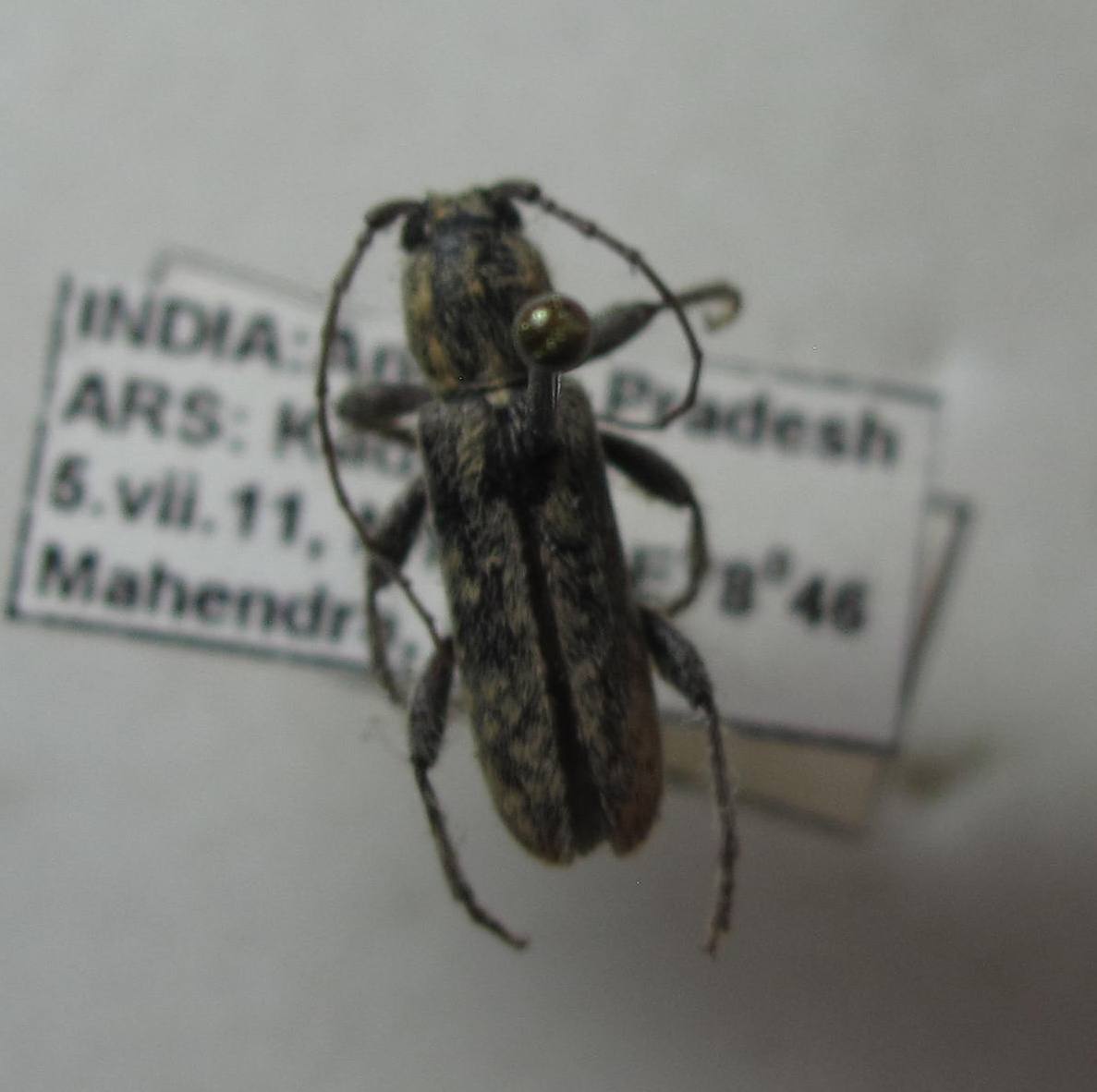
82.22áKB
Location - Kadapa, Andhra Pradesh, India
Length - 1 2 cm |
| 11 L A T E S T R E P L I E S (Newest First) |
| kbdesai |
Posted - 23/02/2016 : 06:22:02
Thank you Franceso.. |
| Francesco |
Posted - 21/02/2016 : 21:35:36
It does not exist an article like that.
But Ceresium and Trichoferus belong to different tribes (Callidiopini vs Hesperophanini); thus, you should use Gahan (1906) in order to discriminate the tribe. |
| kbdesai |
Posted - 21/02/2016 : 02:40:39
Could you please provide me the article of Ceresium and Trichoferus upto genus level and if possible species level for further study.
Thank you... |
| kbdesai |
Posted - 20/02/2016 : 18:40:44
But it is still confusing for me.... |
| Francesco |
Posted - 20/02/2016 : 11:05:44
I still not understand the shape of the procoxae.
If they are rounded (not triangular), it might be a Ceresium. |
| kbdesai |
Posted - 20/02/2016 : 10:07:36
Dear Francesco,
Here is the ventral and front view of the above mentioned specimen
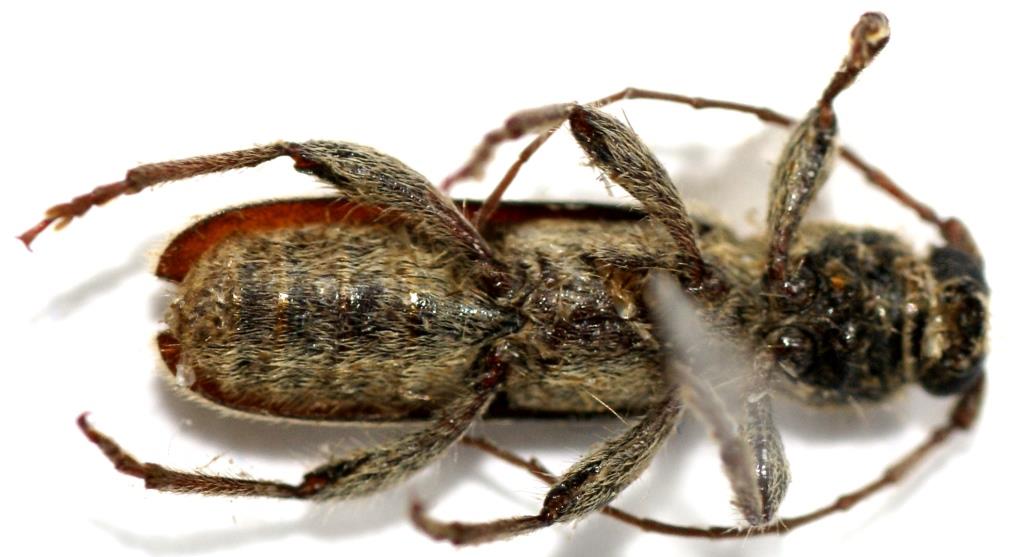
100.48áKB
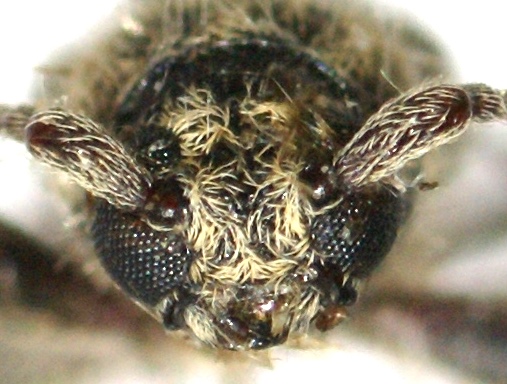
126.98áKB
176.08 KB
Please go through it...
Thank you.. |
| Francesco |
Posted - 16/02/2016 : 19:57:11
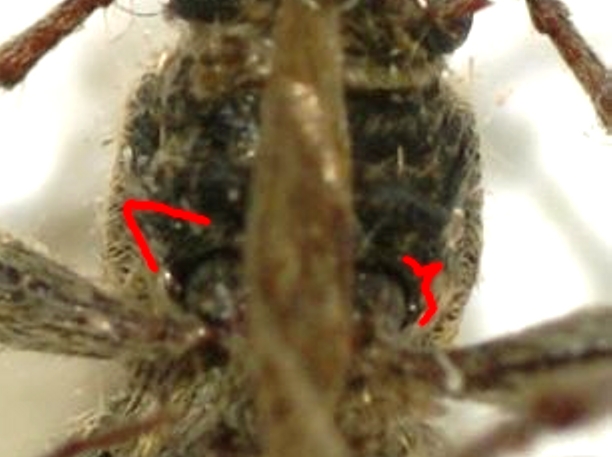
140.23 KB
Which is the real aspect of this part? |
| kbdesai |
Posted - 07/02/2016 : 10:22:00
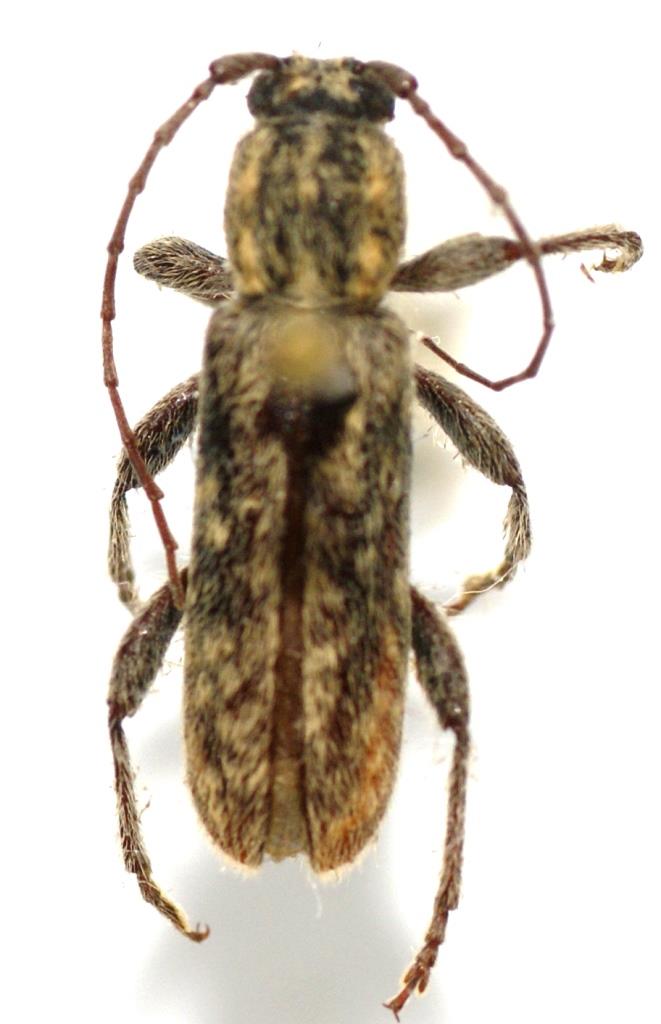 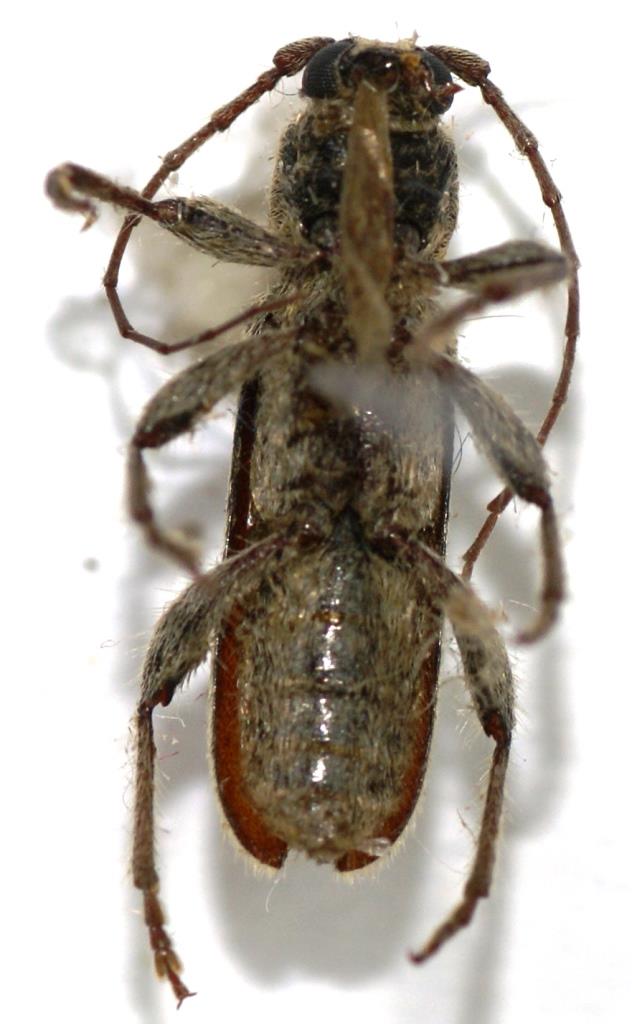
Dear Xavier,
May be this picture will help to identify or specify the exact species.
Thank you.... |
| Xavier |
Posted - 07/02/2016 : 08:48:30
with a better picture, it could be confirmed  |
| kbdesai |
Posted - 07/02/2016 : 08:46:02
Dear Jacquot,
You mean, it belongs to Hesperophanini?. If it is, means please confirm anyone.
Thank you... |
| cerambyphil |
Posted - 31/12/2015 : 22:13:55
It maybe a Trichoferus sp.
|


